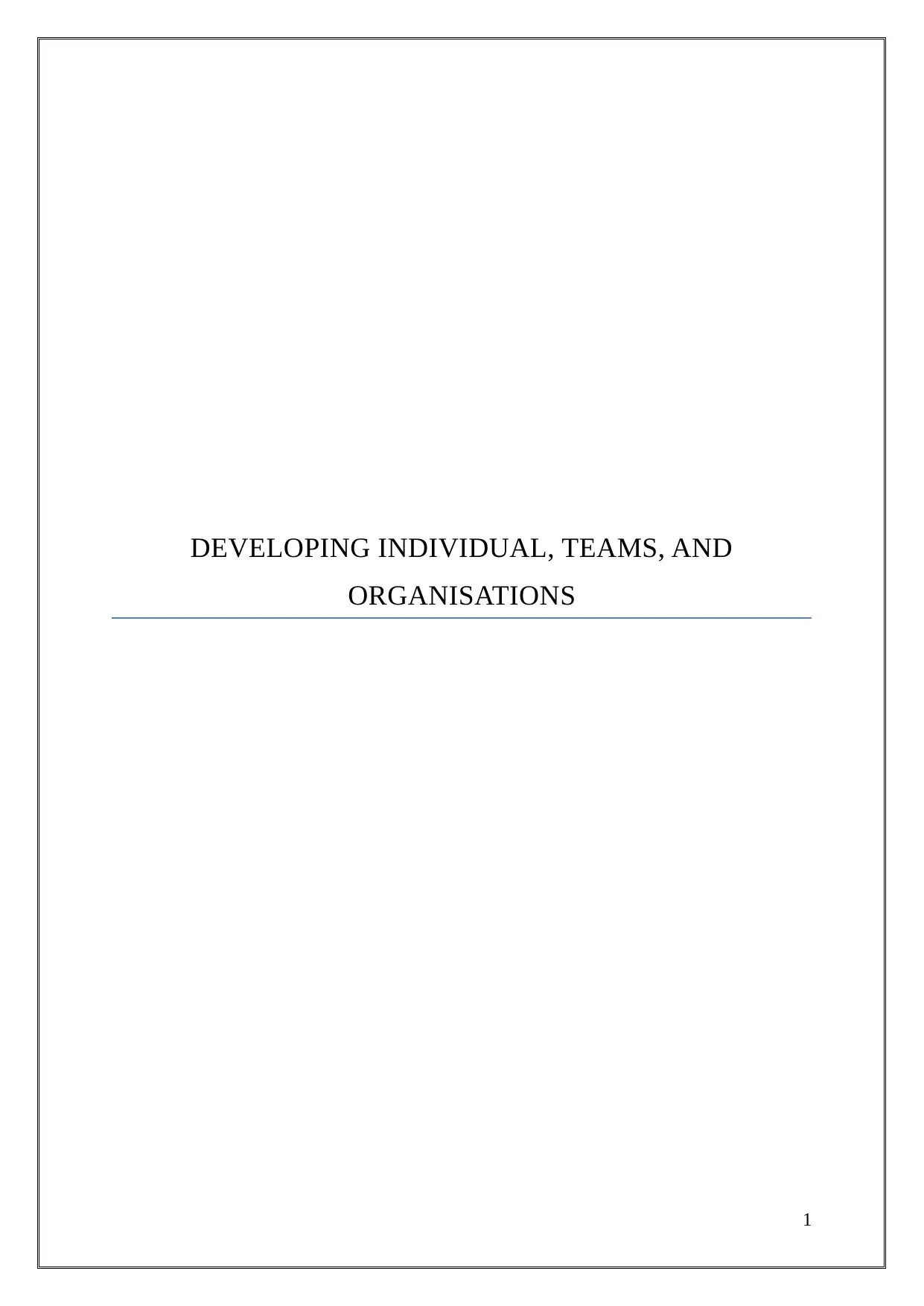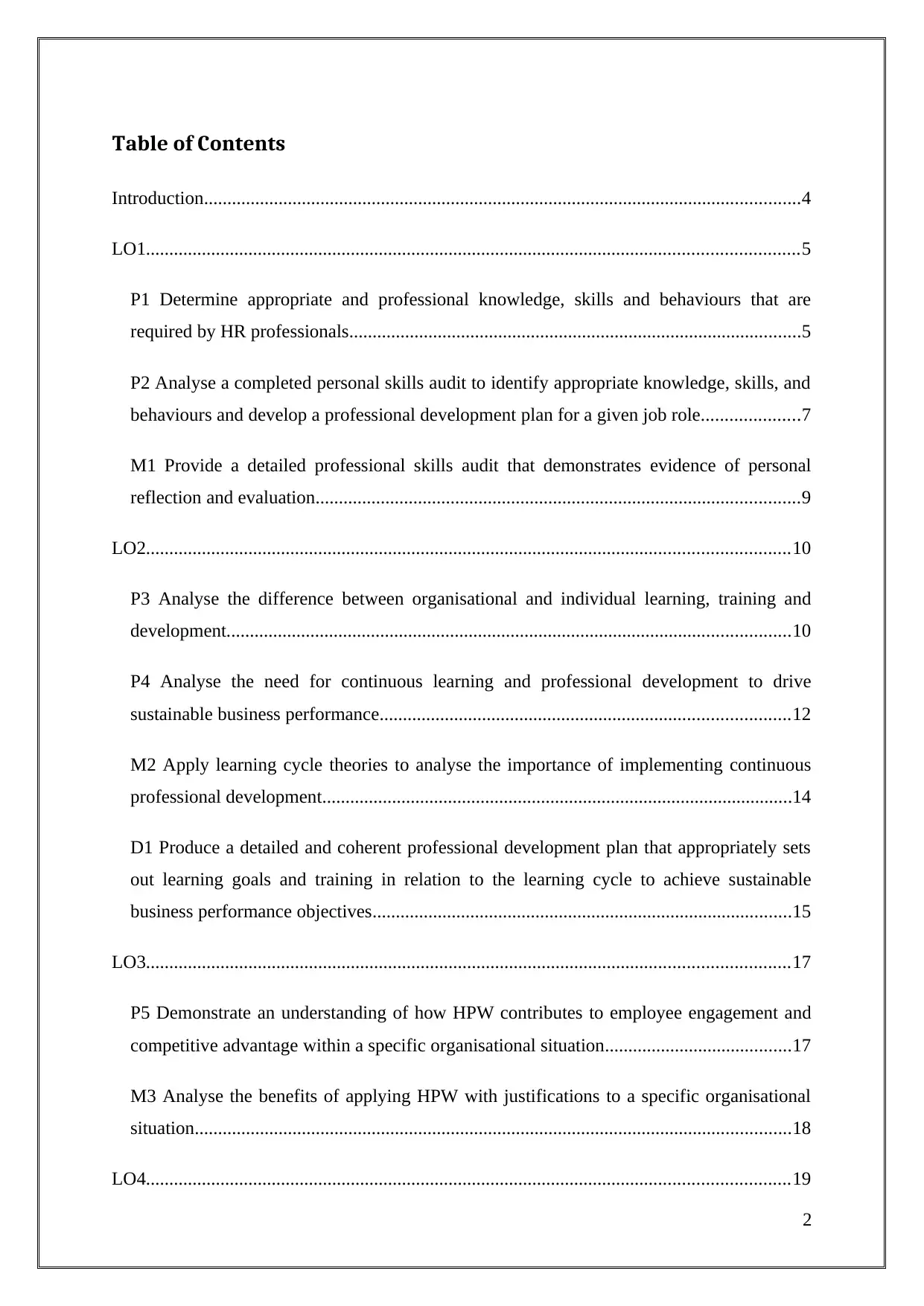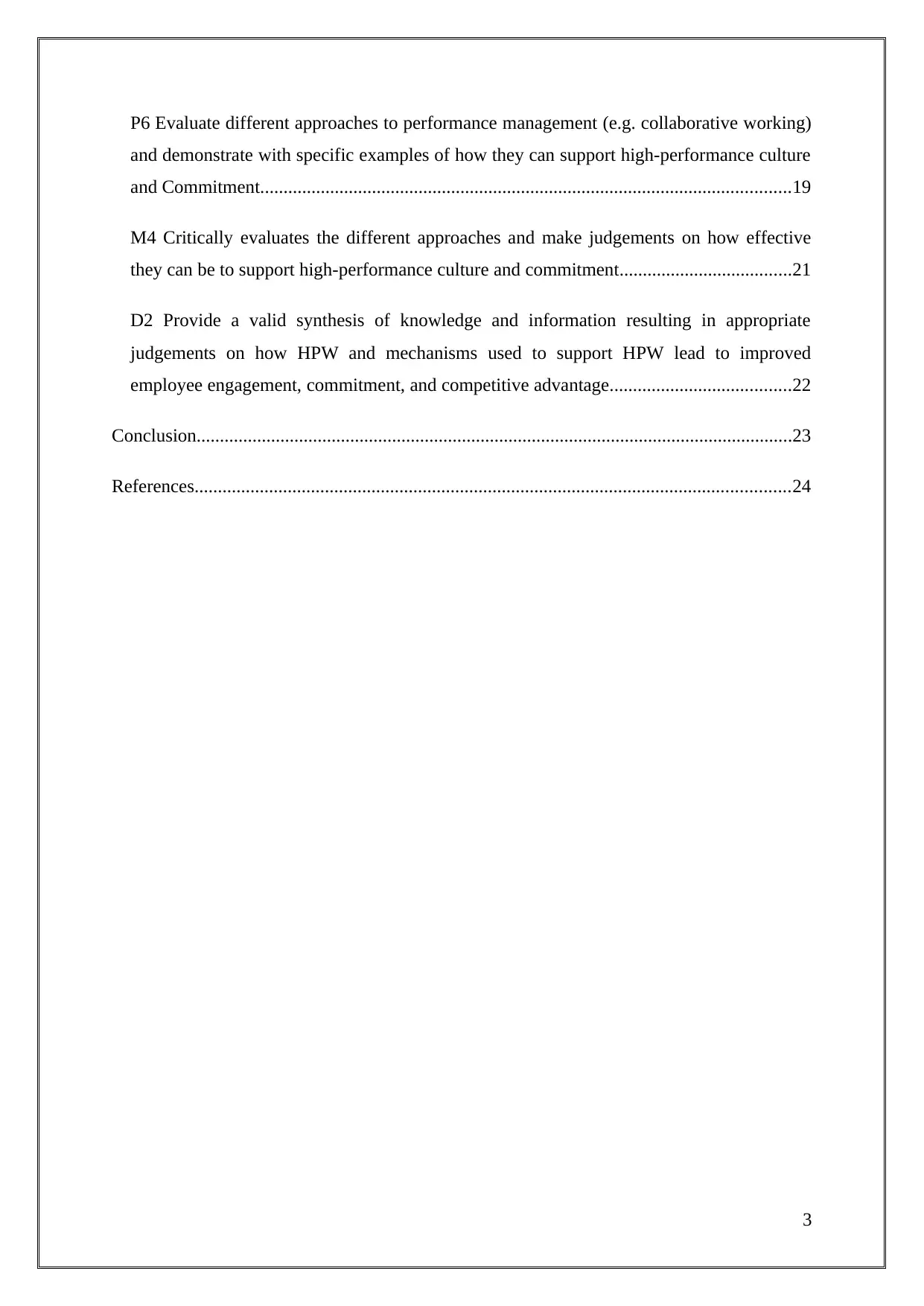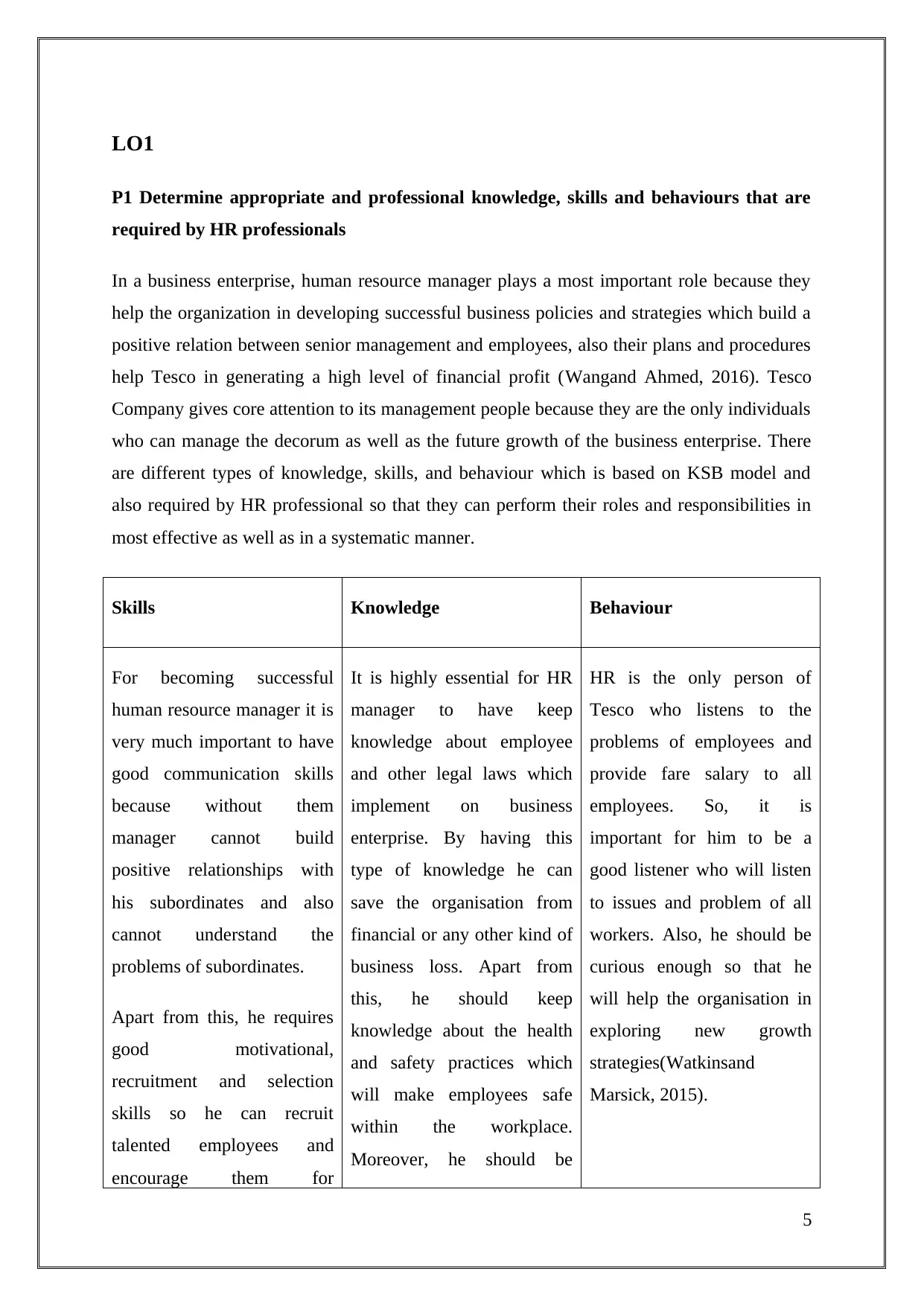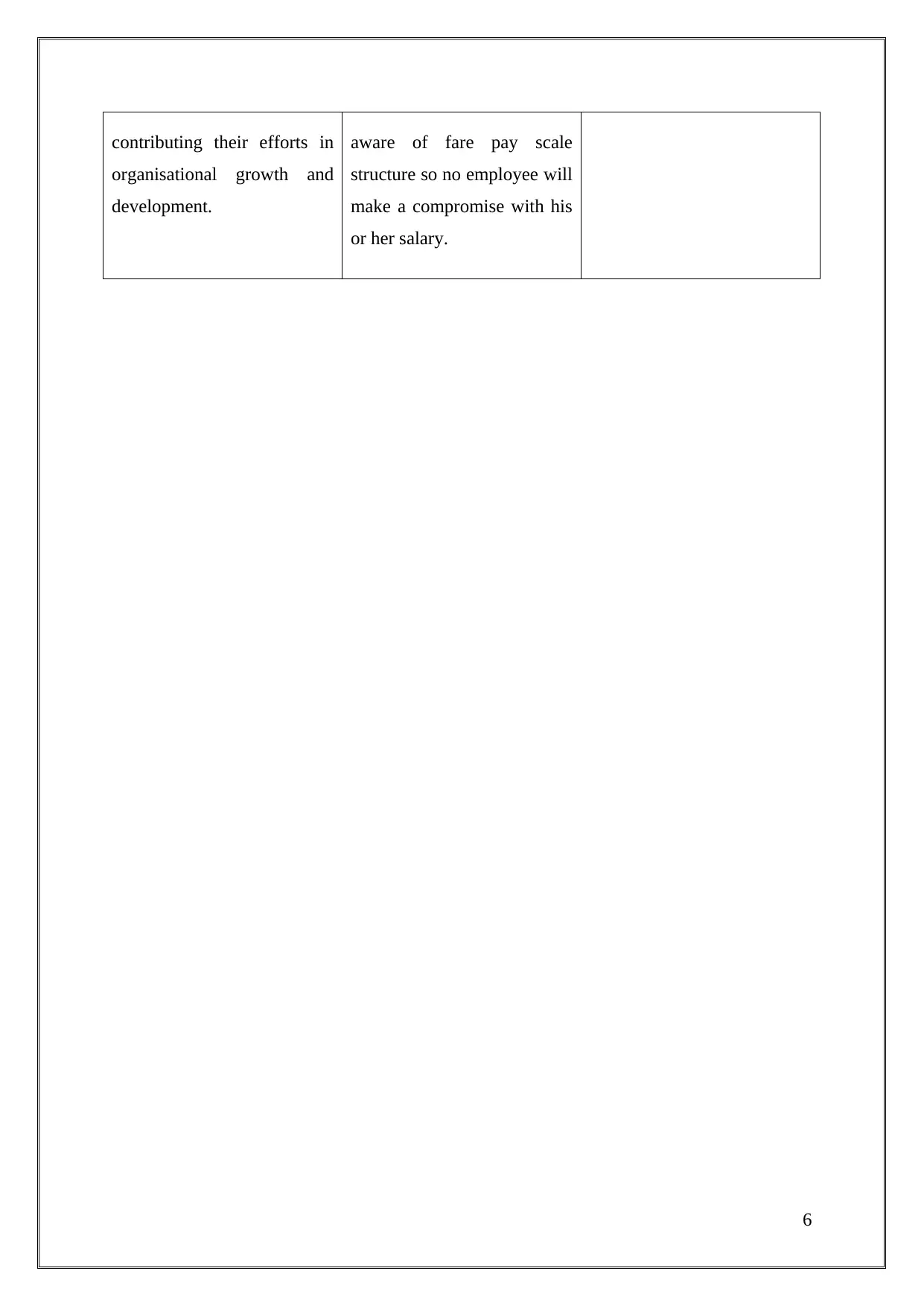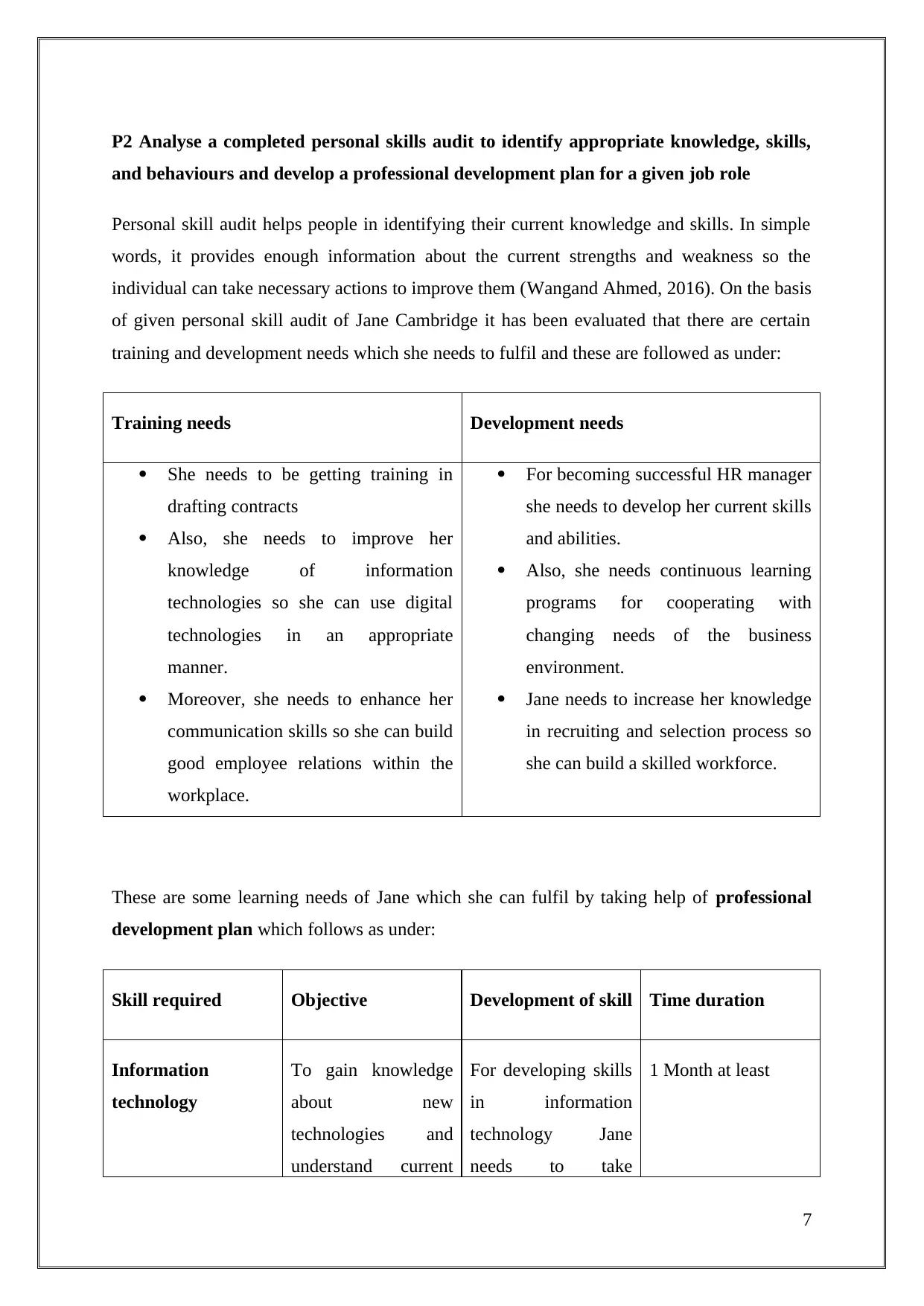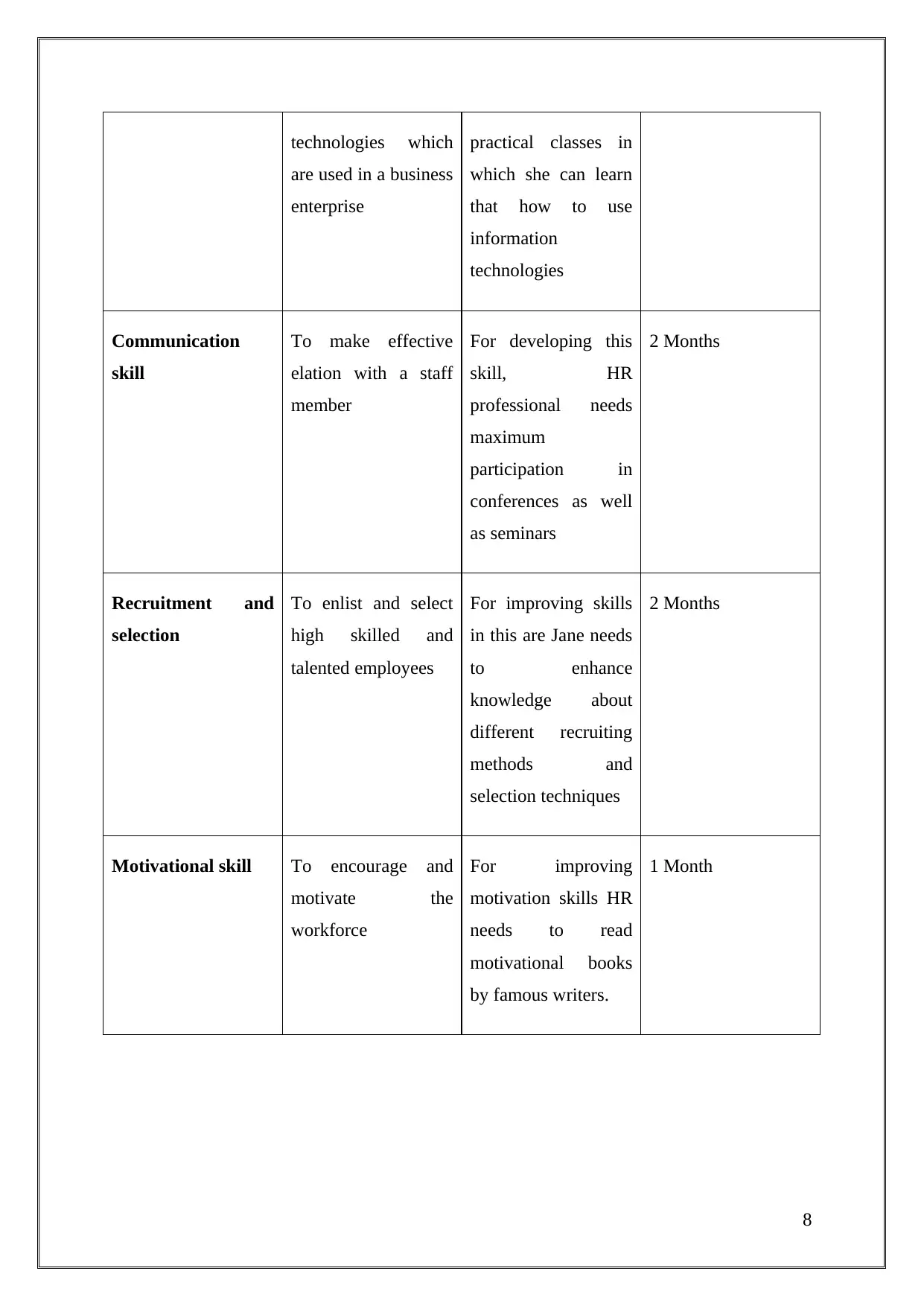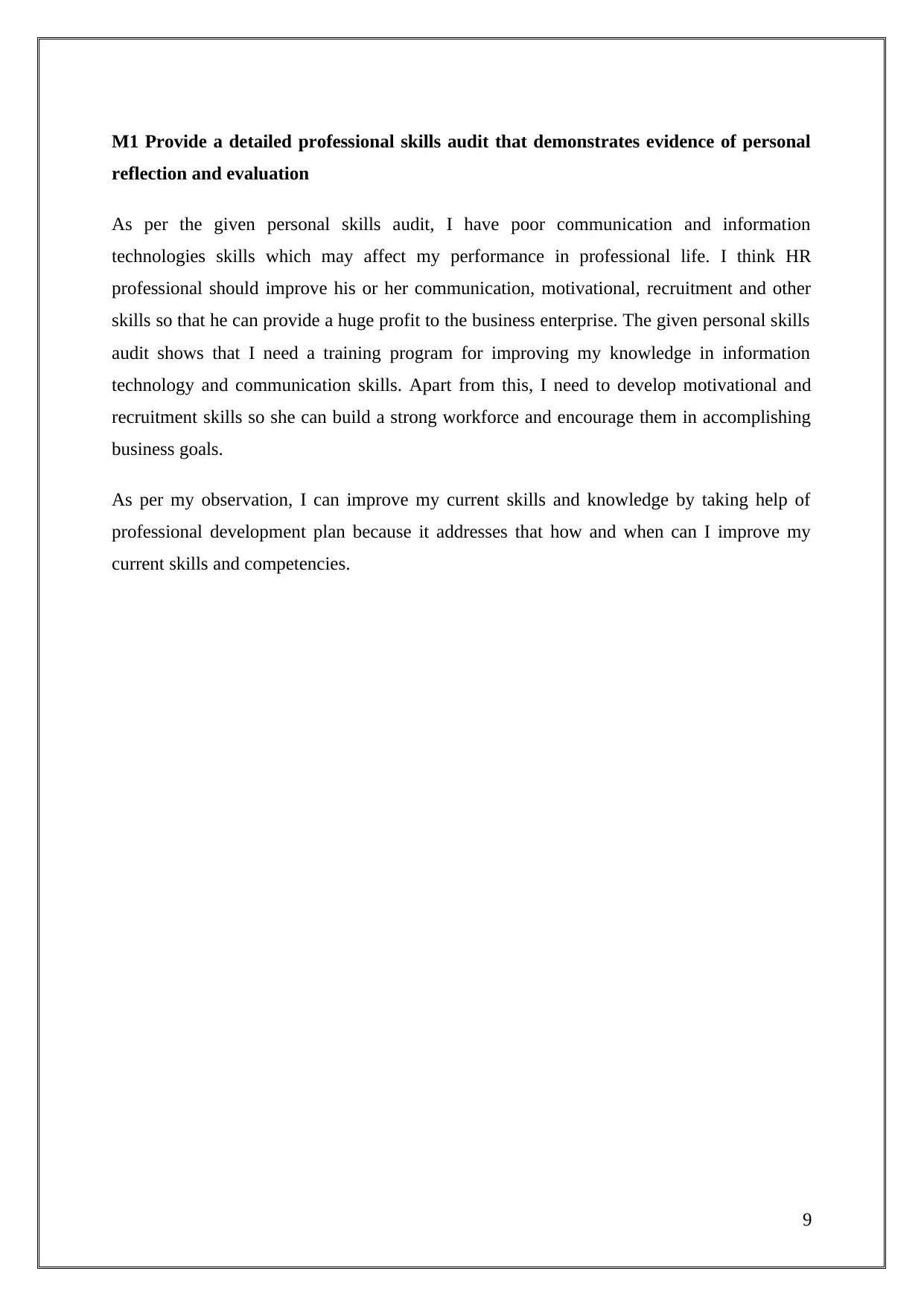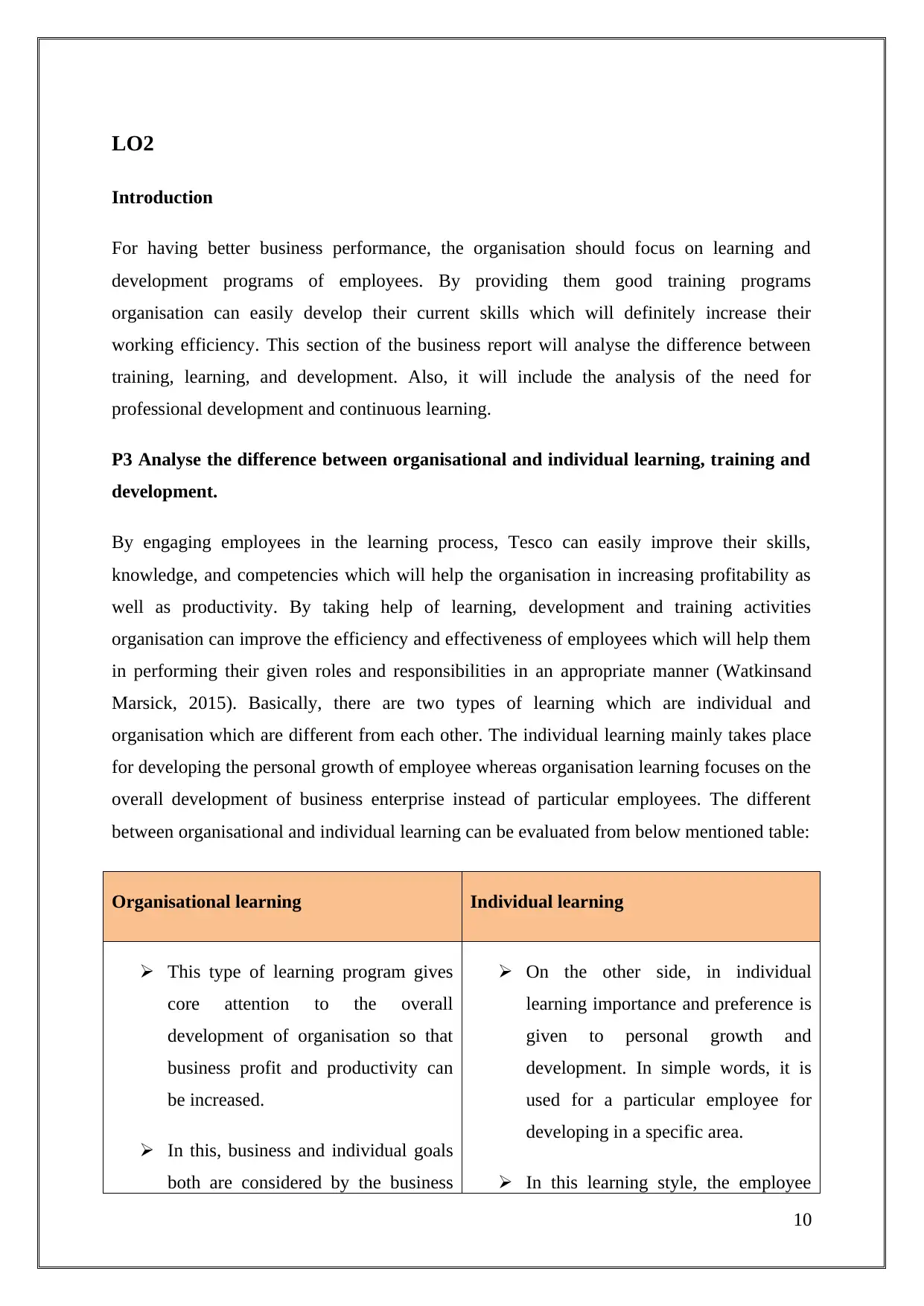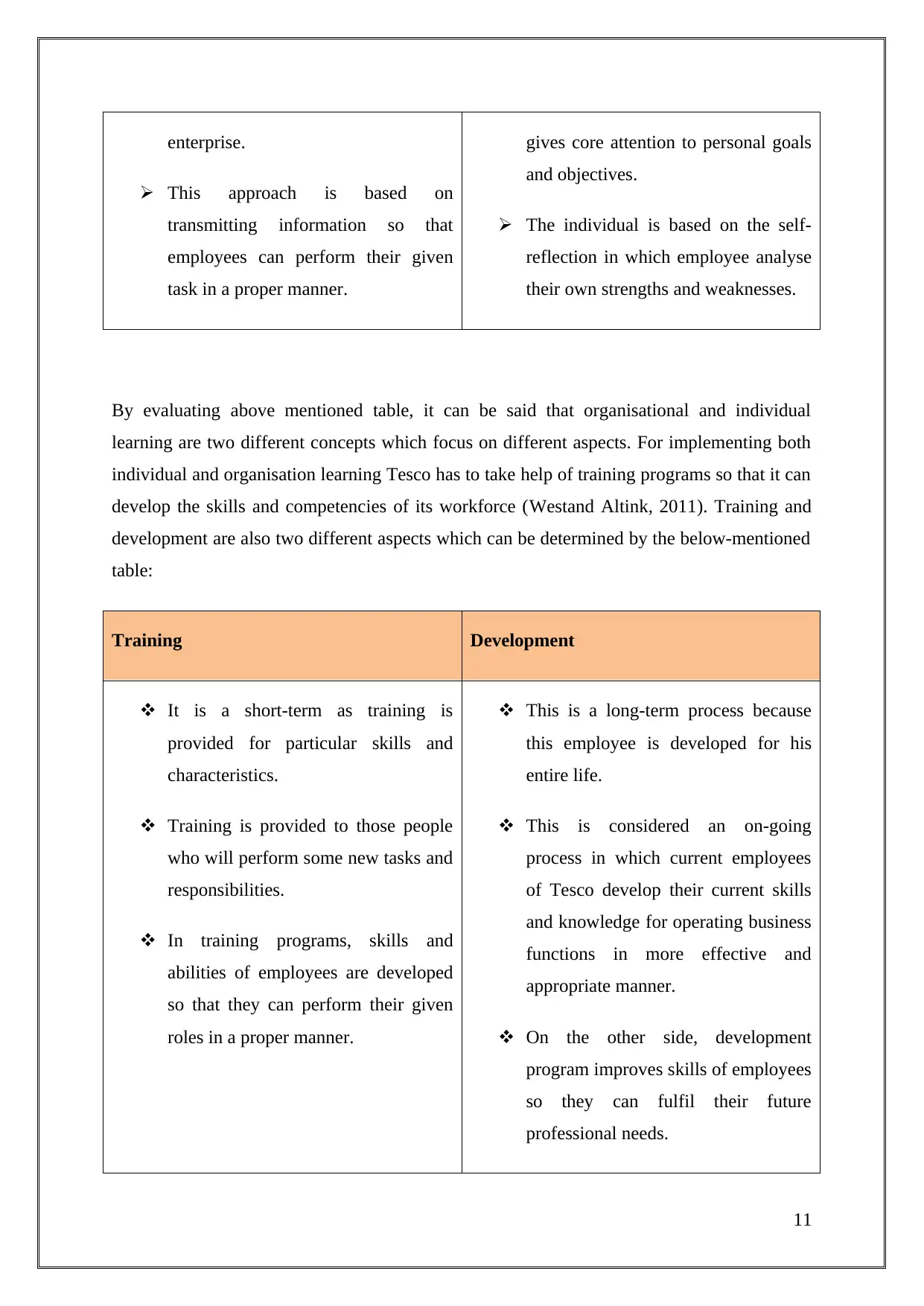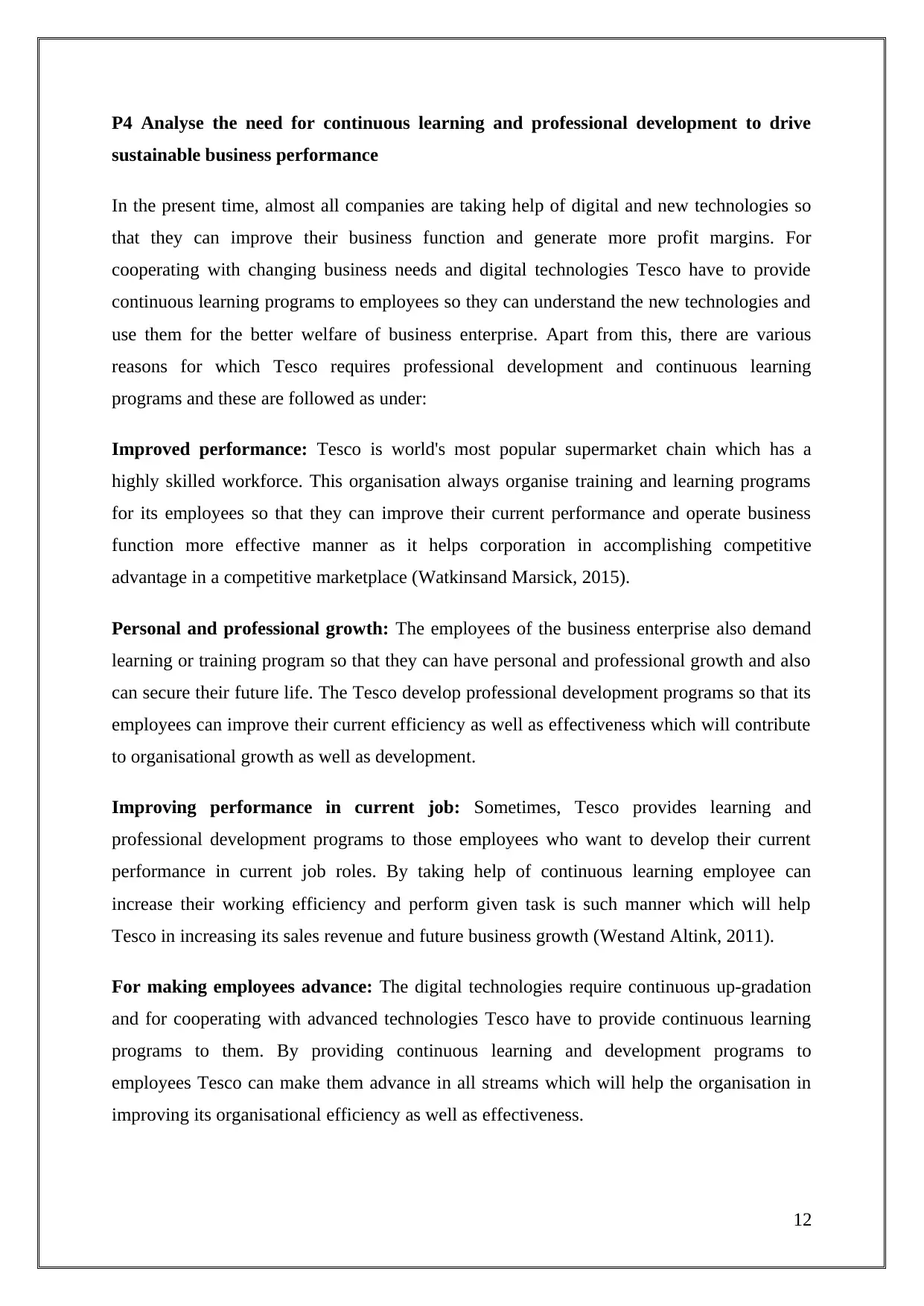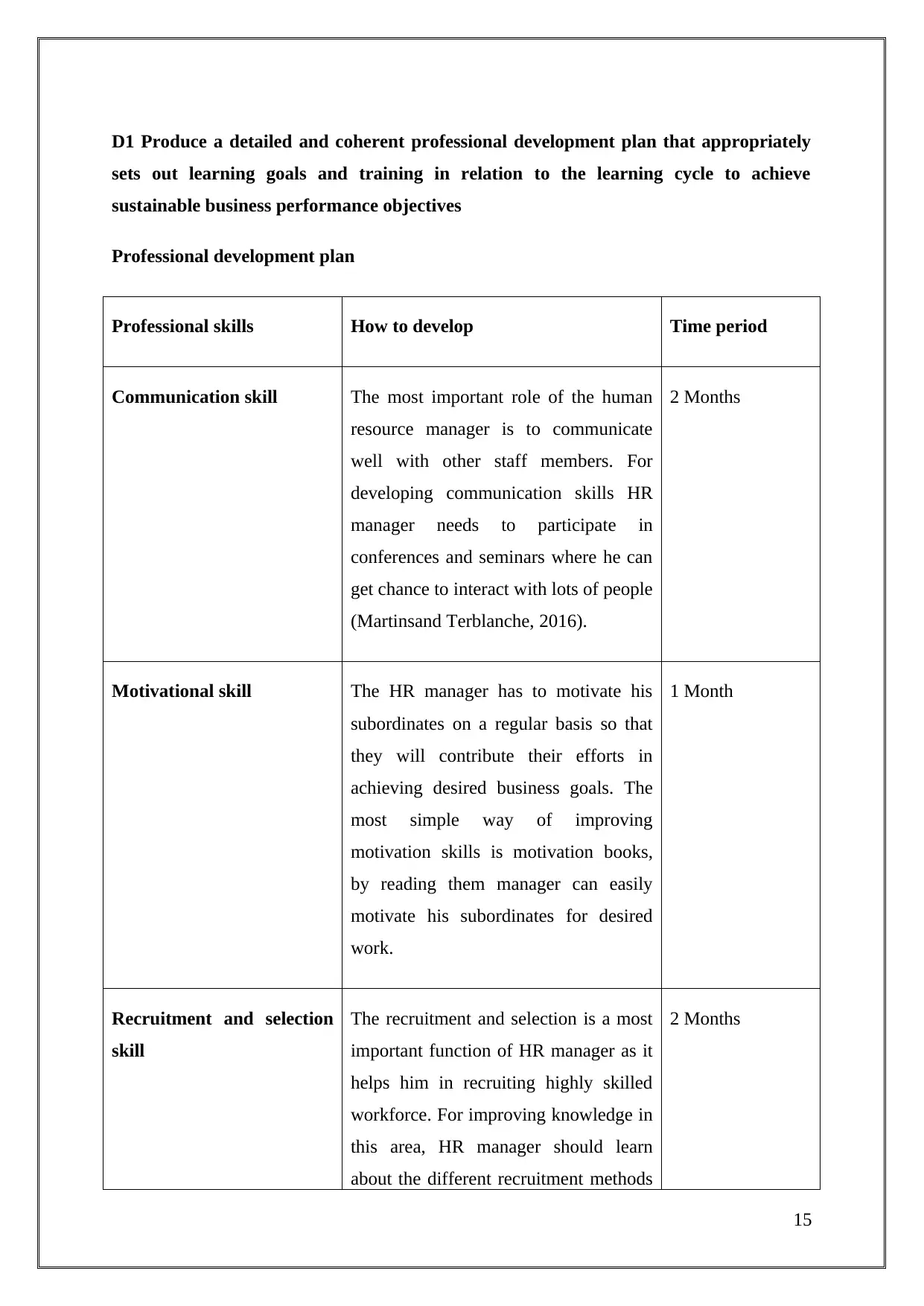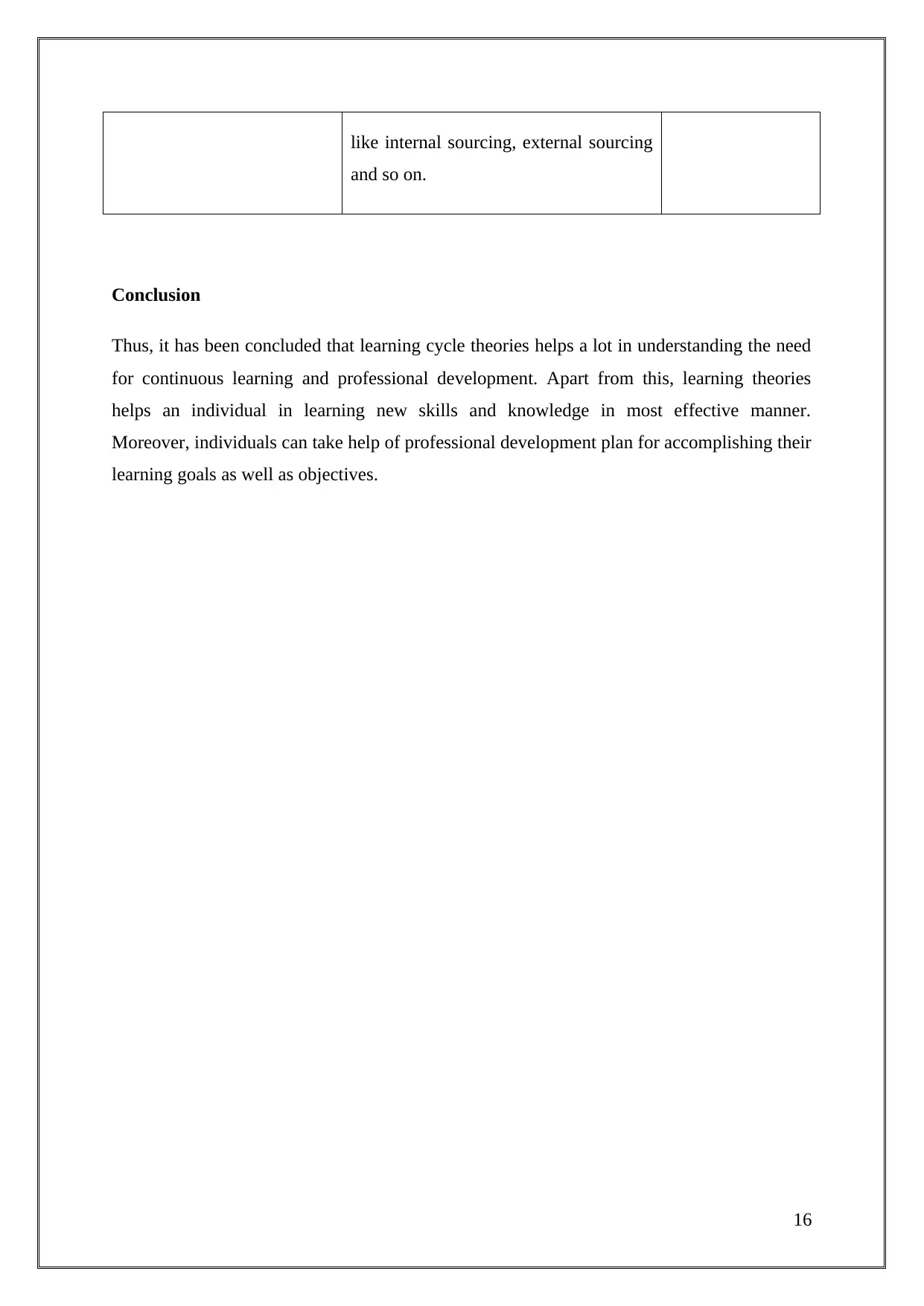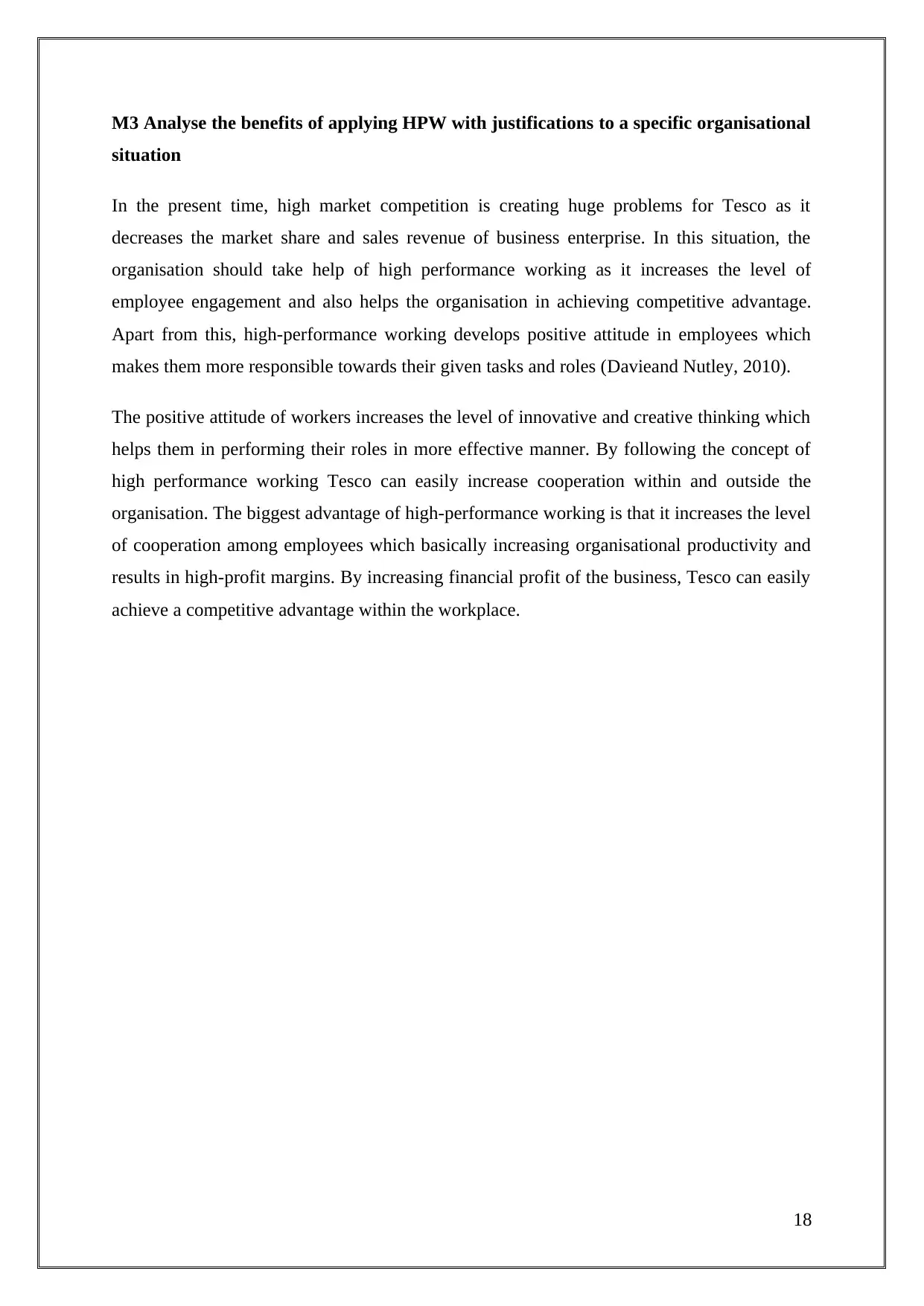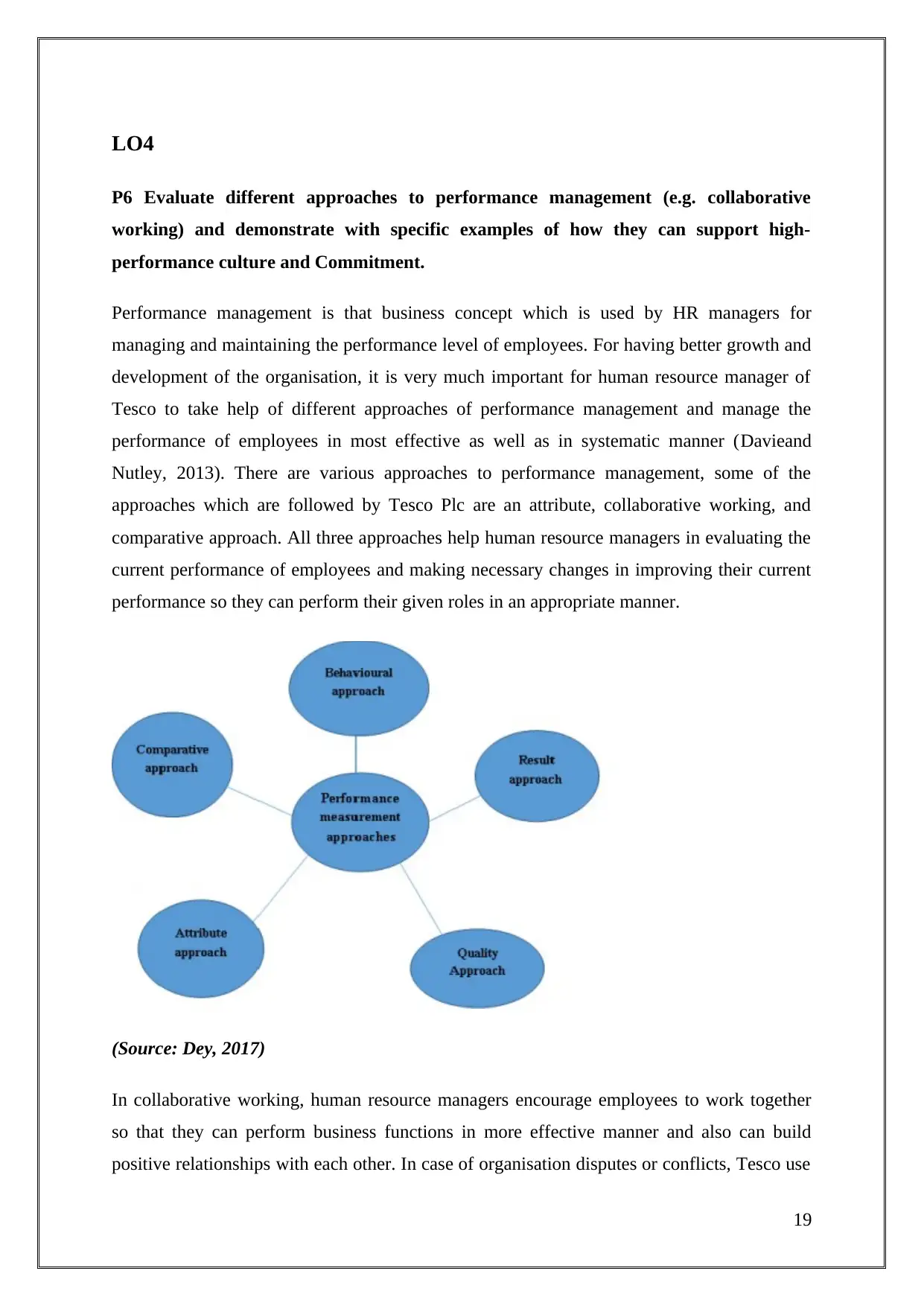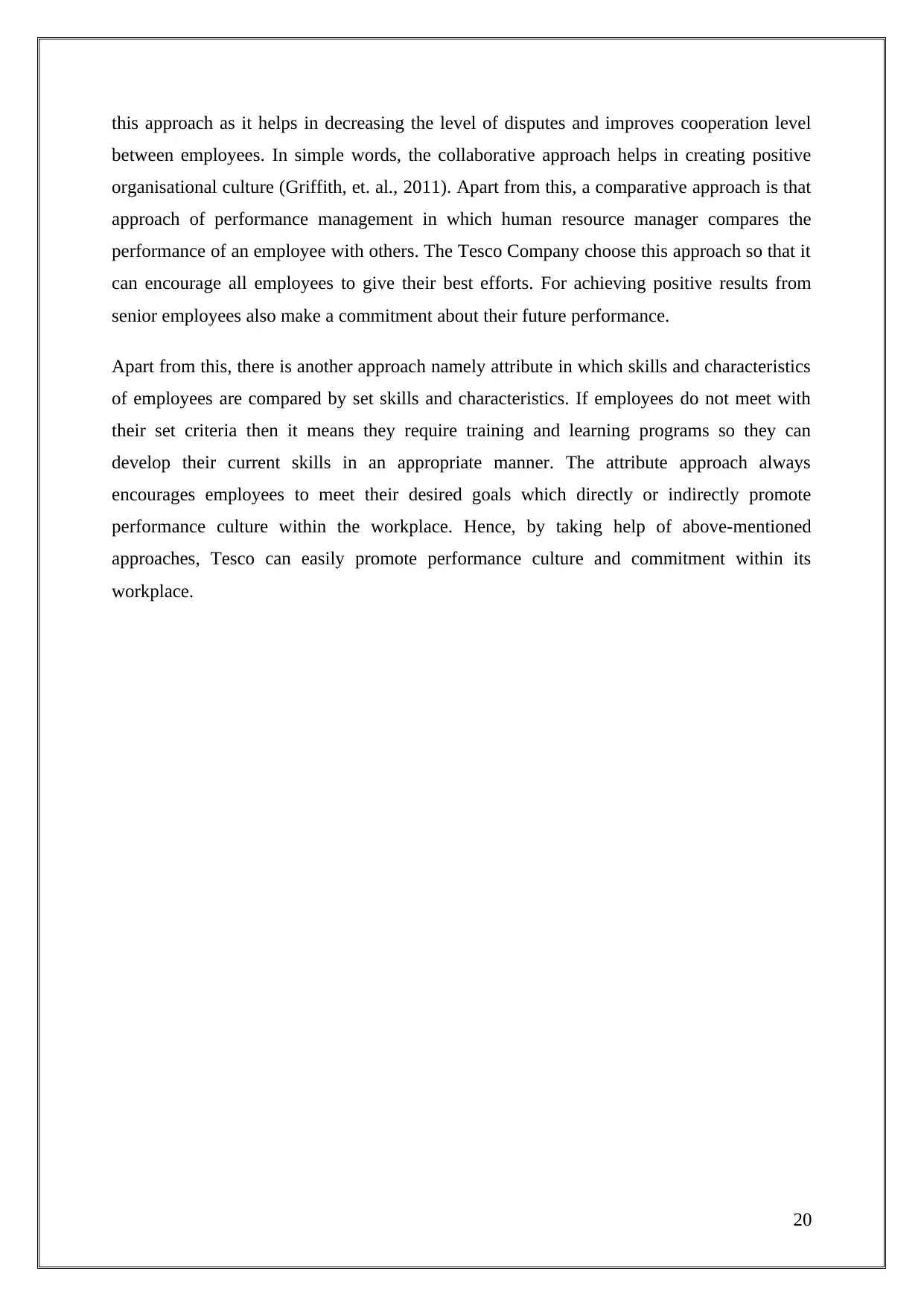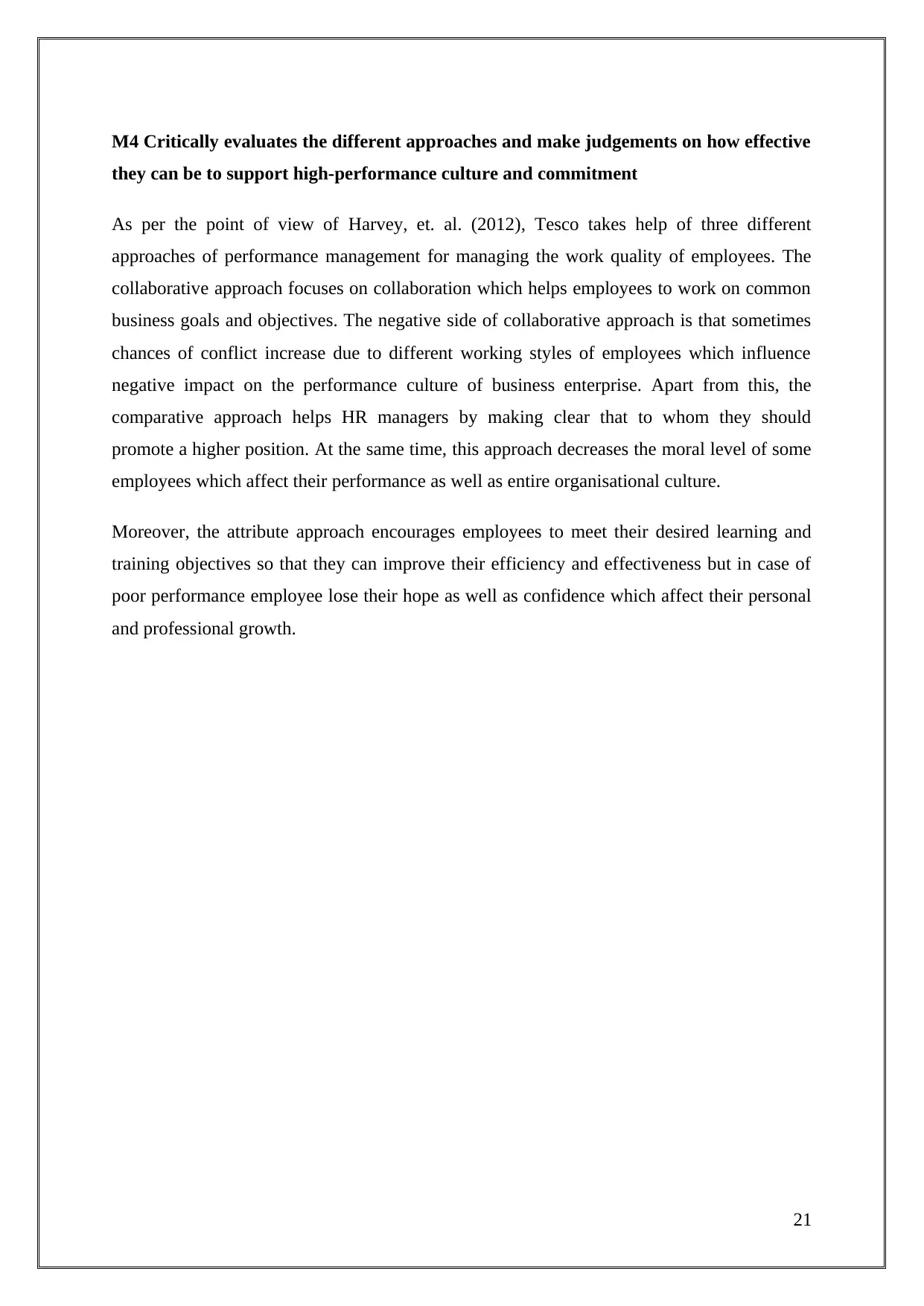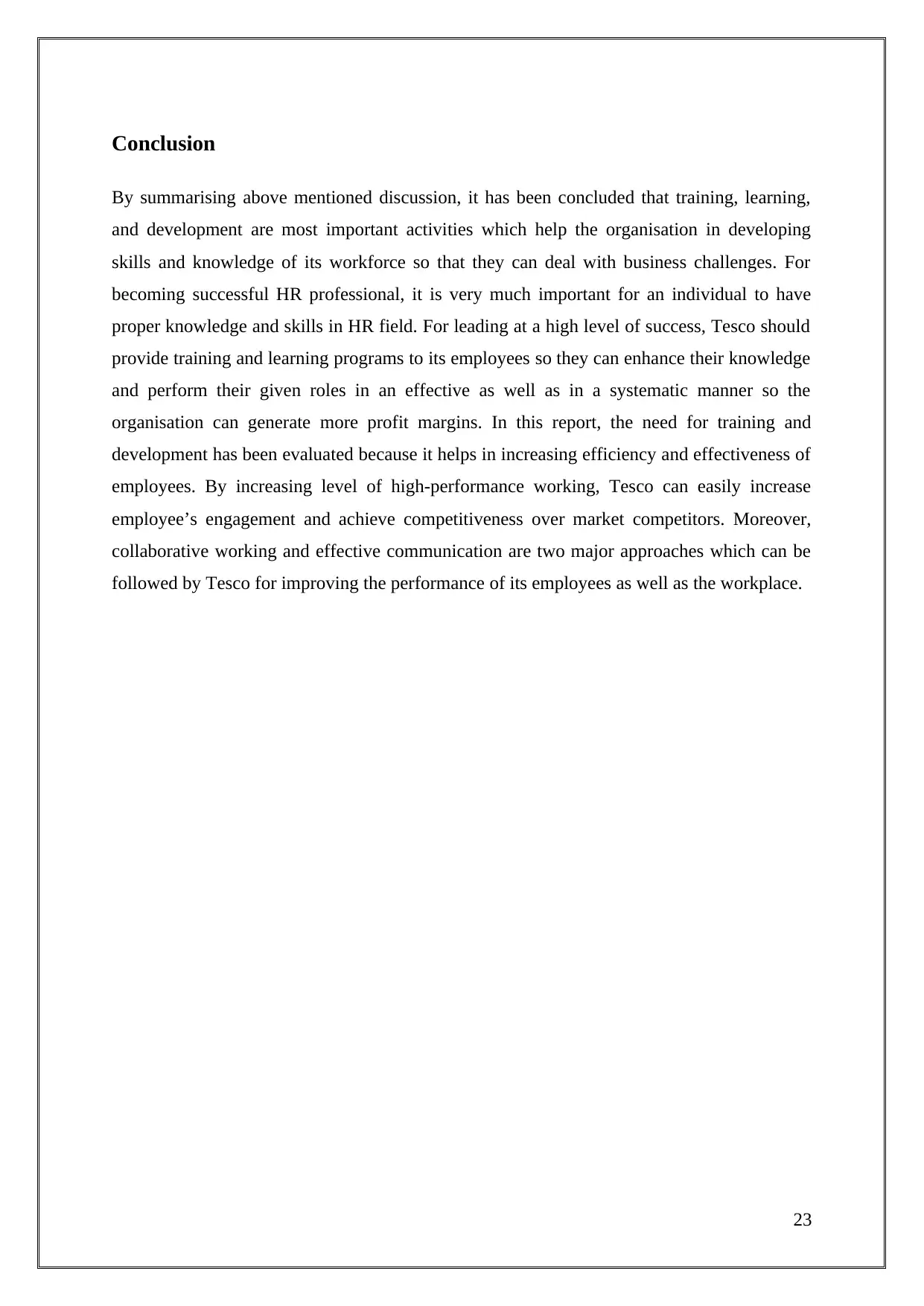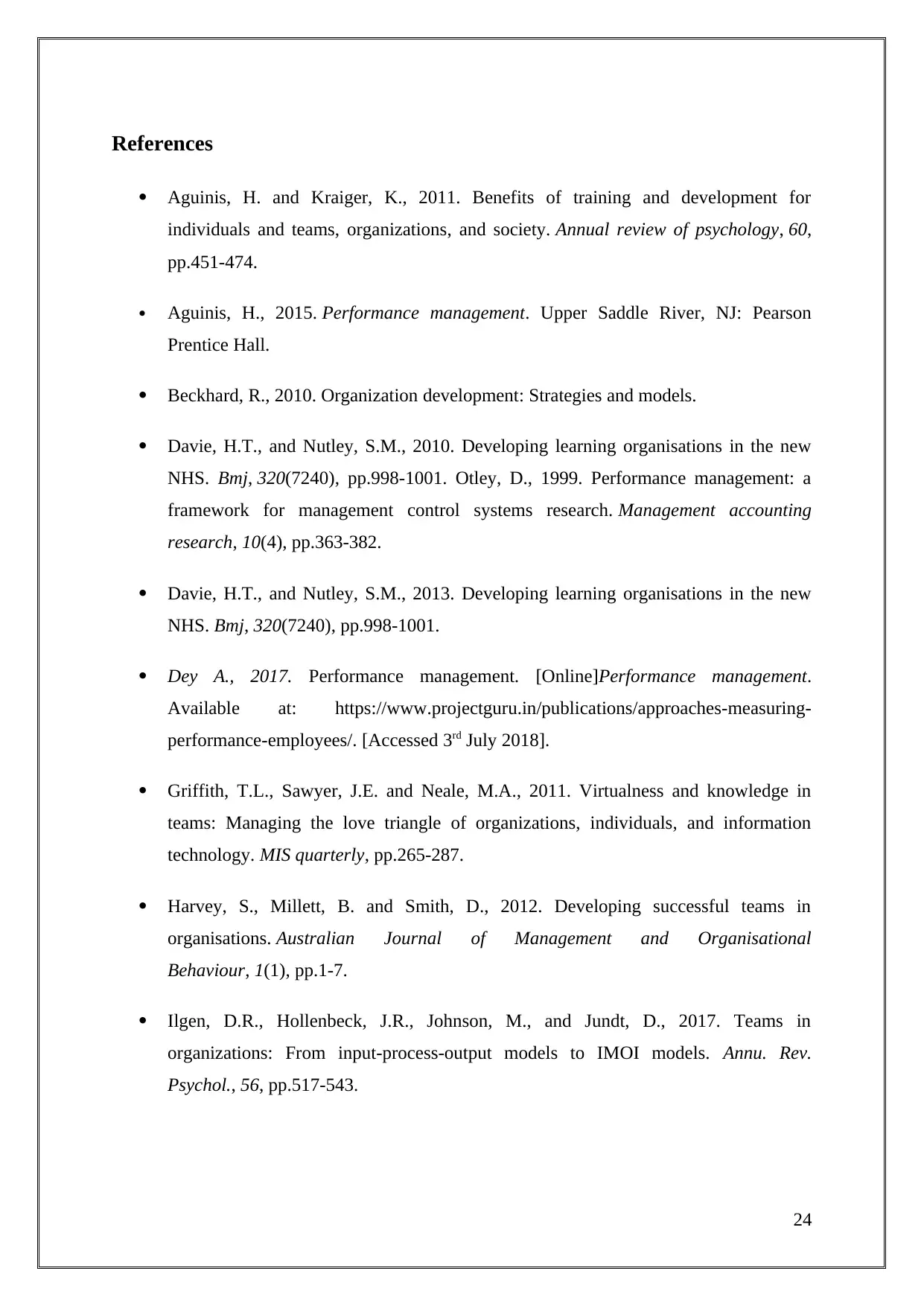This report explores the crucial role of human resource practices in developing individuals, teams, and organizations. It delves into the knowledge, skills, and behaviors required by HR professionals, analyzes the differences between individual and organizational learning, and examines the importance of continuous learning and professional development. The report also investigates the benefits of high-performance working and evaluates different approaches to performance management, highlighting their impact on employee engagement, commitment, and competitive advantage. Through a comprehensive analysis of these key concepts, the report provides valuable insights for HR professionals seeking to optimize their practices and drive organizational success.
![[object Object]](/_next/static/media/star-bottom.7253800d.svg)
![[object Object]](/_next/static/media/star-bottom.7253800d.svg)
